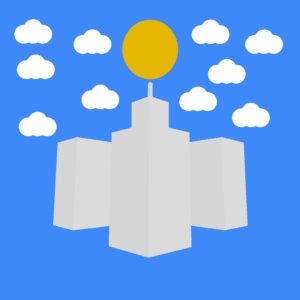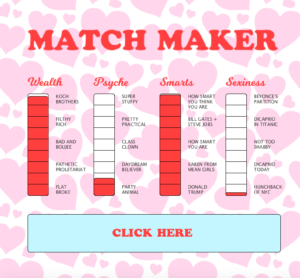After reading chapter 10 and 11, it reiterated that I should continue some habits and that I need to improve on others. While working on the midterm, like the book said, I primarily worked on the project by breaking it up into parts. I would work on making one object at a time and making sure one worked before I tried to implement another. I also did what the book recommended; I often created new classes in separate sketches so that when I knew it was working, I would add it to the compiled sketch. I think the debugging chapter was the most helpful to me because while making my midterm sketch, it was really easy to get frustrated. Going forward, I will take more breaks from my sketch and talk through it with someone. I think since we know our code so well, problems or errors don’t stand out to us. Something the book doesn’t talk about is not breaking it down into parts, but what tools to use to make something. While working on my sketch, I wanted to make or do things, but I had no clue where to begin. It wasn’t a problem of having too many things or being overwhelmed, it was a problem of not knowing what to do whatsoever.



